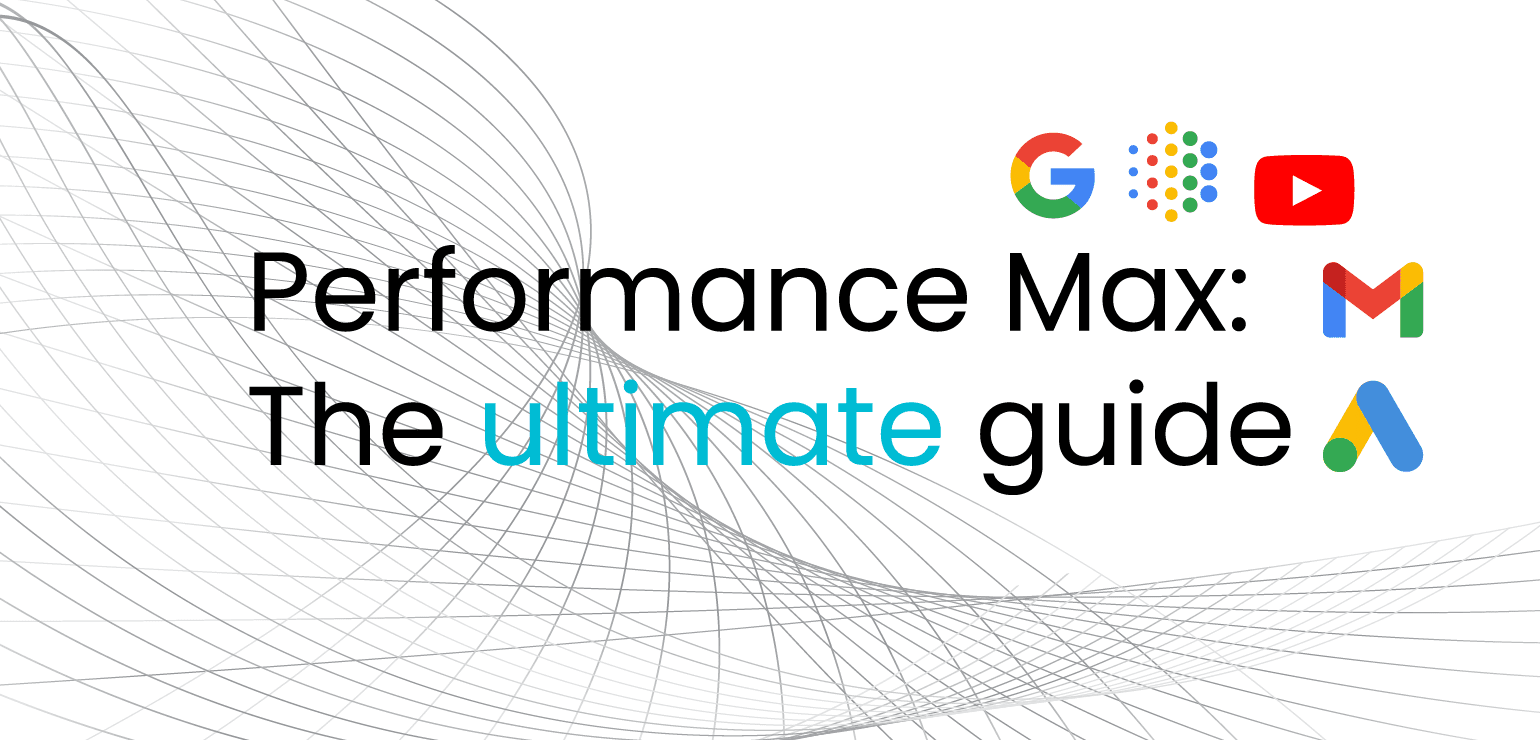6 top tips for designing a good looking eCommerce site

Article topics
- Bear your target audience in mind when getting started
- Use high-quality images and videos that are tailored to your brand
- Choose your typeface carefully
- Implement a consistent and recognisable colour scheme
- Keep your design simple and clean
- Test your website to make sure it’s perfect
We all know how important it is to have a functional eCommerce website. One that’s logically structured, is perfectly optimised for the right keywords, and has a smooth checkout process.
However, it’s equally important to have a website that looks good too!
If given a choice, two-thirds of people would rather look at a beautifully designed website than a plain, dull one. A great-looking and visually exciting website engages your customers and encourages them to stay online, increasing the chances of them buying.
So, what can you do to ensure your website looks great? Our web design experts have put together six things to be aware of when it comes to creating the perfect site.
1. Bear your target audience in mind when getting started
When you sit down and plan how you want your brand-new website to look, it’s essential to consider the people who will use it.
After all, what you like and what your target customers like may be two entirely different things!
Create a buyer persona for your ideal customer. How old they are, where they live, what they do for a living, their hobbies, and where they get their news from. This will give you valuable insight into how they will interact with your new website.

2. Use high-quality images and videos that are tailored to your brand
Photos are a fantastic way to break up the content on a webpage and make your website more visually appealing. However, it’s important to choose the right images.
We recommend avoiding stock imagery as it can appear inauthentic. It’s hard for a stock photo to represent your brand when several other websites might be using the exact same image.
A better option is to create your own imagery. Mobile phone cameras are more high-tech than ever, making it easy to take a photo that represents your brand and business.
Alternatively, user generated content, or UGC, is a fantastic option for showing off how much customers love your products and services. 85% of customers find UGC more influential than official company photos. Scour your social media platforms and ask customers if you can use their images on your website.
Don’t forget about videos! On average, people watch 16 hours of videos online a week. A well-thought-out video introducing your business or demonstrating your products and services can be a fantastic way to get people’s attention.
3. Choose your typeface carefully
With so many typefaces out there, from Calibri to Comic Sans, choosing the right typography for your website is essential.
You want a typeface that not only represents your brand, but is easy to read on both desktop and mobile. Here are some things to bear in mind:
- Think about your target audience and the products and services you sell. A ‘fun’ typeface might be great if you operate a toy store, but not so much if you run a funeral home
- Consider the languages your customers speak. Some typefaces aren’t compatible with certain languages
- Make sure your typeface can be easily scaled up or down. This means your content will still look good on a mobile phone or if your customer magnifies their screen
- Keep to three or fewer typefaces. This will ensure your site looks clean and tidy. Using fewer typefaces can also make your website load more quickly, improving the user experience and giving your search engine rankings a significant boost

4. Implement a consistent and recognisable colour scheme
The colour scheme you choose for your website can say a lot about your business. The right colour choice can raise brand awareness, encourage customers to convert, and even elicit an emotional response.
Determining a colour palette at the start of your design project is the best way to ensure success. Here are some pointers to consider:
- Stick to two or three colours; otherwise you run the risk of overwhelming your users
- If you have one, your logo is always a good place to start when it comes to a colour palette. Take the primary colour of your logo, and choose one or two additional colours that complement or contrast. This colour wheel generator will help you choose the right colours
- Think of your industry and the message you want to convey. For example, green is commonly used by eco-friendly organisations, while food businesses opt for red as it stimulates peoples’ appetites
- Make sure your colours are accessible and don’t make it hard for people to navigate your website. Mark Zuckerberg famously made Facebook blue as he is red-green colourblind, and it was the easiest colour for him to see!
- A/B test your colour choices to see which ones your website users engage with the most, for example, when it comes to call-to-actions

5. Keep your design simple and clean
When you run an eCommerce store, it’s only natural that you want to tell your customers everything about your business, from the products and services you sell to who is in your team.
However, if you want to create an attractive and visually appealing website, less is definitely more! Cluttered websites don’t just look awful, but take longer to load and make it harder for customers to find what they need.
Make sure that all the elements on a webpage add value and help your customer in some way. If something hinders more than it helps, don’t be afraid to take it out.
Also, ensure your content is easy to read. A scannable layout with short paragraphs, bullet points and headings doesn’t just help your search engine optimisation efforts, but can improve page usability by 47%.
Finally, don’t be afraid of white space. Think of minimalist websites like Apple, which use lots of white space and clean backgrounds. White space removes distractions and makes it easier for customers to focus on the information that matters, like the benefits of your product or service.
6. Test your website to make sure it’s perfect
You’ve spent a lot of time working on a website that looks fantastic, and it’s time to launch. The hard work is over, right?
The hard work is just beginning! It’s vital to thoroughly test your website before you make it live to ensure it looks the same to everyone using it.
Try your website on different browsers, screen resolutions, and operating systems. It’s also important to check your site on a smartphone – both on broadband and a mobile connection. Those hi-res images might look stunning on ultrafast broadband, but what if a customer’s Wi-Fi is super slow?
Thorough testing ensures your site launches flawlessly, and that your customers are happy.
Want a beautiful website? Xigen can help
Whether you want to reskin your existing website or replatform your entire eCommerce store, Xigen has specialist experience in the eCommerce sector.
Our expert design team will design stunning templates and build a high-quality website that your visitors keep coming back to, again and again!


 Back
Back
